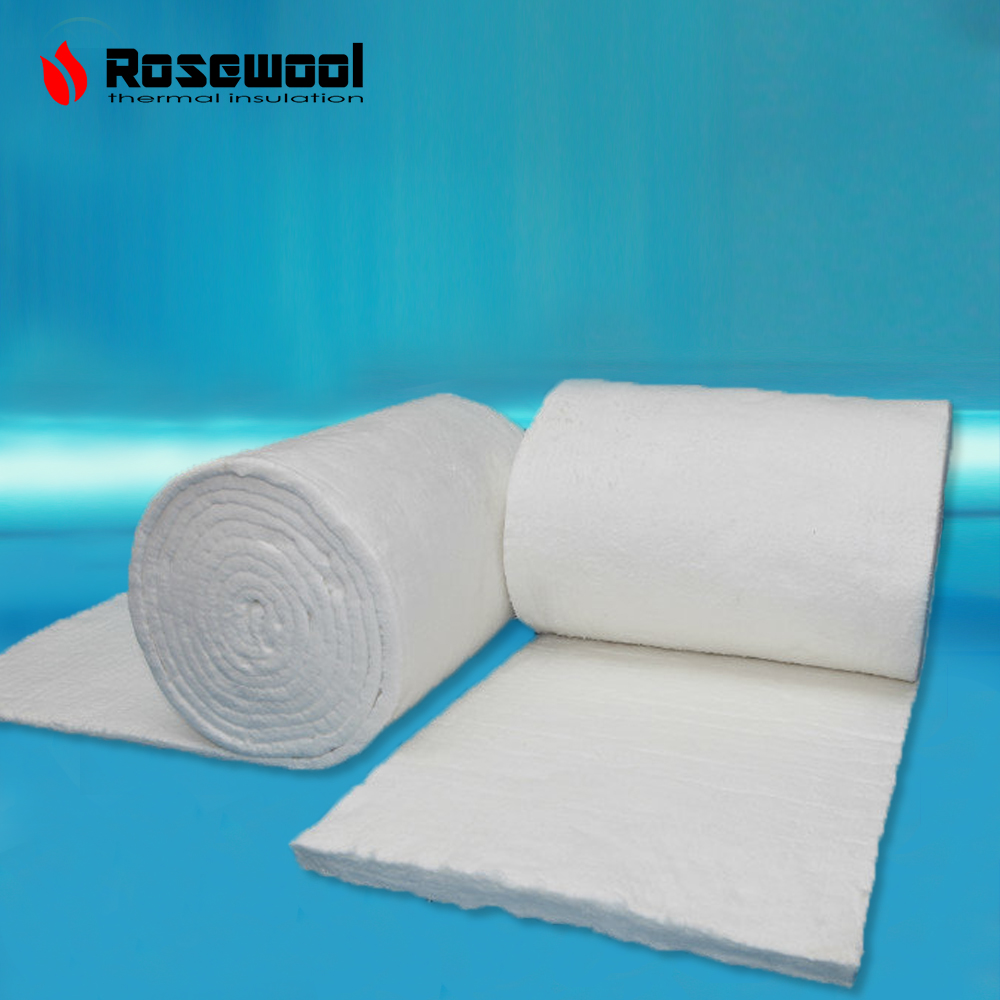The difference between bio-soluble ceramic fibers and common ceramic fibers
- 2018-04-26 14:40:00
- admin Original
- 2579
1, Different chemical composition. Alkali-earth silicate fibers mainly composed of SiO2, MgO, and CaO are used as bio-soluble ceramic fiber s; common ceramic fibers are mainly composed of AL2o3 and SIO2.
2, Working temperature is different: Common ceramic fiber than the soluble ceramic fiber use temperature is higher, common ceramic fiber can reach 1350 degrees Celsius, while soluble ceramic fiber sustainable use temperature is only 1260 degrees Celsius,
3, Environmental protection differences: bio-soluble ceramic fiber can quickly dissolve in the body's lung fluid in a short period of time, and discharge the lungs, no harm to the human body, safety and environmental protection; ordinary ceramic fiber does not have this effect, but ordinary ceramic fiber As long as the diameter is not less than 3μm, it will rarely be inhaled into the lungs, so ordinary ceramic fibers are also in line with human safety requirements.
4. The main ingredient formula is different. Ordinary ceramic fibers are Al-Si (Al2O3 and SiO2.) The main components of soluble fibers are magnesium-calcium-silicon (CaO-MgO-SiO2), magnesium-silicon (MgO-SiO2-Al2O3) and calcium aluminum-silicon (CaO- Al2O3-SiO2) and MgO-SiO2-ZrO2 Series
5. Differences in raw materials: Soluble fiber uses natural wollastonite, talc and lime and quartz powder as raw materials, and ordinary ceramic fiber uses coke and gangue as raw materials.
6 Cost difference: soluble fiber because of its solubility, cost and price higher than ceramic fiber
7. Degradable: bio-soluble ceramic fiber can be degraded, ordinary ceramic fiber can not be degraded


